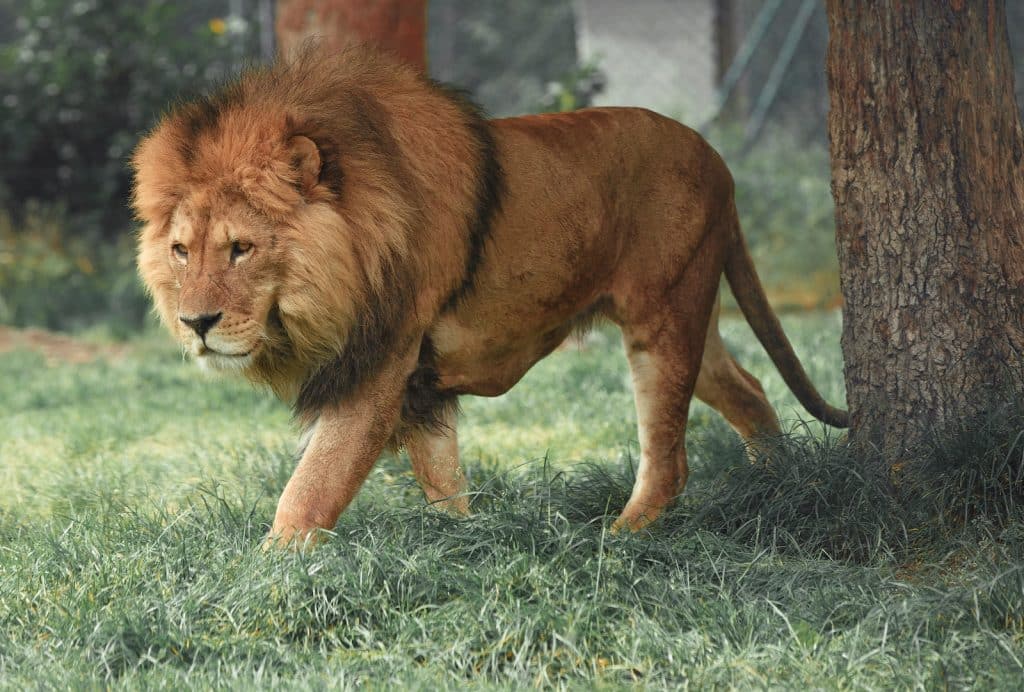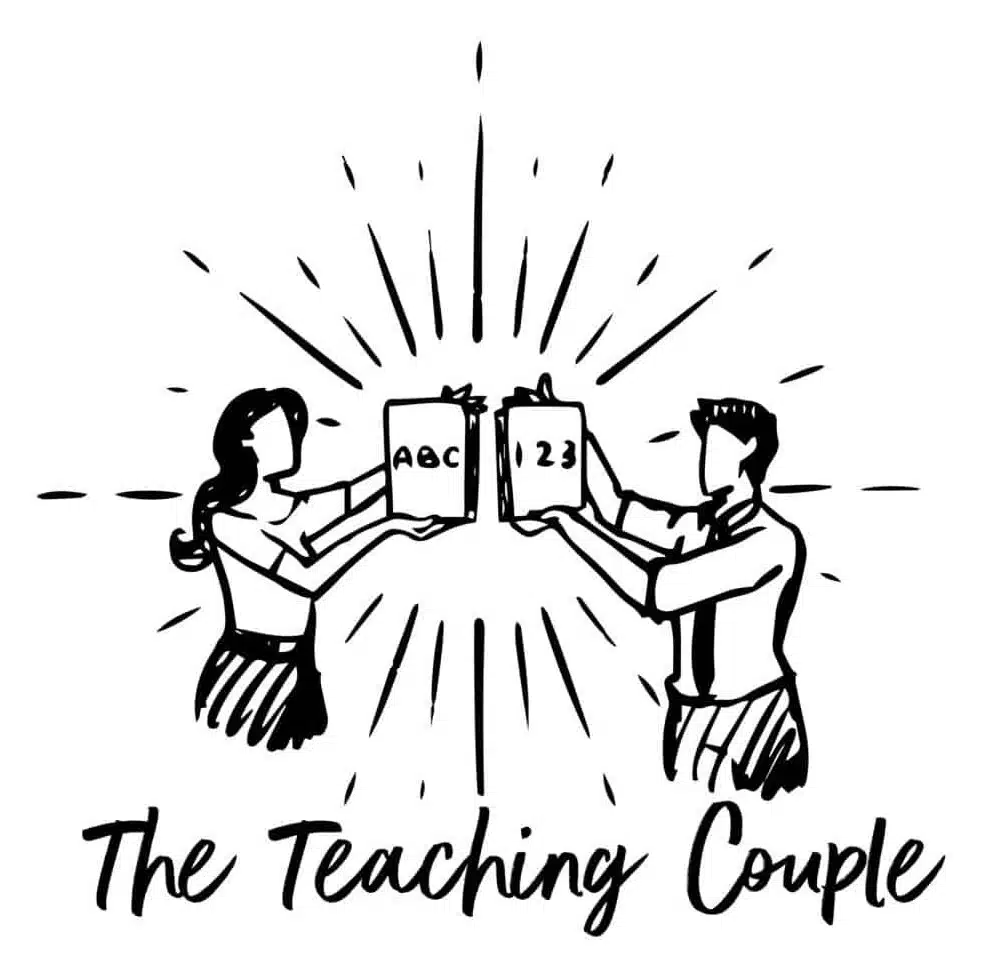C.S Lewis’ captivating tale ‘The Lion, The Witch and The Wardrobe offers teachers many learning opportunities that the whole class can enjoy together.
Whether you are looking for intriguing educational projects or simple but effective ways to make your classroom buzz with activity, this book provides an engaging storyline full of magic and adventure that children will love discovering.
Dive into our comprehensive planning overview as we guide you through bringing this classic novel to life in your classroom!
Related: For more, check out our article on Flat Stanley by Jeff brown here.

The Lion, the Witch and the Wardrobe Storyline
The Lion, the Witch and the Wardrobe is a fantasy novel by C.S. Lewis about four siblings who stumble upon a magical land called Narnia.
Through an old wardrobe, the children enter an enchanted world where they come face-to-face with mythical creatures, such as talking animals and supernatural beings like centaurs and fauns.
Led by their lion protector Aslan, they soon discover that Narnia is under the spell of a powerful White Witch who has caused it to become permanently winter without Christmas.
With help from Aslan and his faithful followers—the beavers, nymphs and other creatures of Narnia—the children embark on a quest to save Narnia from her evil reign.
Along their journey, they make new friends, battle dangerous foes and uncover secrets about Aslan’s true identity.
To break the White Witch’s spell, they must overcome countless obstacles and ultimately confront her to restore peace to Narnia again.
Critical Themes in The Lion, the Witch and the Wardrobe
Good vs Evil
The story’s central conflict revolves around the battle between good and evil. Aslan stands for good, while the White Witch represents evil.
Throughout their journey, the children face choices that force them to confront their values and courage as they fight against evil to restore peace in Narnia.
Courage
The children must summon courage and strength as they overcome obstacles, confront enemies, and make difficult decisions.
Aslan symbolizes strength and hopes to encourage them to dig deep within themselves to find courage even in times of darkness and despair.
Friendship & Loyalty
Friendship plays a vital role in the children’s quest for freedom. Narnia’s inhabitants—beavers, talking animals, fauns—offer help, advice, and loyal companionship throughout their journey.
Ultimately, through these friendships, they can restore peace to Narnia.
Self-Discovery
The four siblings discover more about themselves on this magical adventure by learning about loyalty, courage and faith.
They realize how strong their bond is as a family and learn about one another’s strengths and weaknesses as they tackle complex tasks together.

Key Characters in The Lion, the Witch and the Wardrobe
Aslan
Aslan is a noble lion who serves as a protector and guide for Narnia. As an embodiment of goodness and morality, he helps the children in their quest to restore balance to Narnia.
He is also a source of strength and courage for them when they need it most.
The White Witch
The White Witch is the main antagonist of the story. She has cast an eternal winter over Narnia that prevents Christmas from being celebrated.
She is cruel, powerful, and determined to keep her reign over Narnia.
Peter, Susan, Edmund & Lucy Pevensie
The four Pevensie siblings—Peter, Susan, Edmund and Lucy—are central to this adventure.
They stumble upon the magical world of Narnia through an old wardrobe and quickly become entangled in a mission to save its inhabitants from evil forces. Each sibling displays different strengths, which help them complete their quest successfully.
Mr & Mrs Beaver
Mr and Mrs Beaver are loyal allies of Aslan who provide guidance and advice on the children’s journey in Narnia.
Despite their small size, they are courageous and reliable as they journey with Peter, Susan, Edmund and Lucy across dangerous lands in search of Aslan’s camp.
Teaching Language and Literature with The Lion, the Witch and the Wardrobe
The Lion, the Witch and the Wardrobe by C.S. Lewis offers a wealth of language, grammar, spelling, and literary devices which can be used to teach students of all ages.
Language Lessons
The novel is rich in vocabulary with words such as “allegiance” and “culprit”, which can be taught in context.
Students can learn about figurative language, such as similes and metaphors, as they explore how Lewis creates vivid descriptions of Narnia.
Grammar Exercises
Grammar lessons can also be taught using lines from the book. For example, students can identify verb tenses, plurals or possessives when they read quotes like “It is him!” or “Make way for Aslan!”
Spelling Practice
Through spelling activities like cloze passages, word searches or crosswords that use words from the book, such as “dire wolves” or “Trufflehunter”, students will gain familiarity with characters’ names and places in The Lion, The Witch and The Wardrobe.
Literary Devices
Finally, Lewis’ choice of literary devices can also be discussed by comparing his use of imagery to evoke a magical setting and exploring why he employs specific techniques, such as foreshadowing.
By studying these elements within the context of a beloved classic work of literature, students gain a deeper appreciation for language arts disciplines without compromising their enjoyment of the story.
Lesson Plans
Lesson Plan 1: Imagery in The Lion, the Witch and the Wardrobe
Objective:
To identify and analyze the imagery used by C.S. Lewis in The Lion, the Witch and the Wardrobe to create an otherworldly setting.
Introduction:
Begin by welcoming students and introducing them to the novel. Ask them if they know anything about The Lion, the Witch and the Wardrobe that they want to share with their classmates.
Main Teaching Points:
- Discuss imagery and how it can evoke certain feelings or ideas in a reader’s mind.
- Introduce examples from the book such as “The Wild Lands of the North” (Lewis, 1950) when Aslan sends the children on their mission or “the yellow-and-purple buttercups” (Lewis, 1950) which Lucy discovers during her first visit to Narnia.
- Analyze each example as a class, discussing how Lewis employs techniques such as personification or symbolism to create this magical setting.
- Ask students for more examples from different points of view within Narnia. For example, have them describe how winter appears differently depending on whether it is seen through Edmund’s eyes or Mr Tumnus’.
Reflection Questions:
- What did you learn today?
- How can imagery be used in writing?
- How did C.S. Lewis use imagery to create an otherworldly setting?
Key Questions:
What are other examples of imagery found in The Lion, The Witch And The Wardrobe?
How do these examples work together to build a world different from ours?
Lesson Plan 2: Grammar Through Dialogue In The Lion, The Witch and The Wardrobe
Objective:
To reinforce grammar lessons using lines from C.S. Lewis’s novel The Lion, The Witch and The Wardrobe.
Introduction:
Welcome students and remind them what grammar is before beginning your lesson plan.
Main Teaching Points:
Show students examples of English grammar through dialogue from characters in Narnia, such as verb tense when Edmund says ‘It is him !’ or possessives when Peter exclaims, ‘Make way for Aslan! ‘.
- Introduce students to different kinds of pronouns, plurals, present simple verbs and regular/irregular past simple verbs by using quotes from various characters throughout the story.
- Please encourage students to find more examples themselves when reading parts of Lewis’ narration.
- Invite student participation by asking questions about what they can observe from these lines.
Reflection Questions:
What did you learn about grammar today?
How can we use dialogue from books to aid our understanding of English grammar?
Key Questions :
What types of pronouns were used in this scene?
What tenses were used?
Can you think of any examples that illustrate plurals?
Website Resources
This post contains three great web pages for teaching The Lion, The Witch and The Wardrobe:
- The Lion, the Witch and the Wardrobe resource from TES offer various activities to engage students in teaching English language and literature. This page has worksheets, interactive games and other class activities which can be used to help students explore themes within the book.
- The Lion, the Witch and the Wardrobe by C.S. Lewis on Literacy Shed Plus are videos of clips from different adaptations of this classic tale, alongside comprehension questions and writing tasks that may help deepen student understanding of critical aspects of this novel.
- Lastly, a collection of free resources dedicated to teaching The Lion, The Witch And The Wardrobe from Teacherspayteachers features numerous crosswords, character cards and games designed to make learning about Lewis’ work more fun and engaging for students of all ages!
- Notably, paying attention to the surface details of the narrative will reveal the author’s skillful use of unlifelike qualities to create an immersive reading experience, as discussed on the C.S. Lewis official website.
- Scholastic provides useful resources for educators interested in bringing this timeless tale to their classrooms that can enhance the teaching and learning experience.
In summary, our comprehensive planning overview for ‘The Lion, The Witch and The Wardrobe’ by C.S Lewis is a valuable tool designed to equip educators with the knowledge and strategies needed to bring this enchanting tale to life in their classrooms effectively.
This guide thoroughly explains the book’s key themes and characters and offers practical methods and engaging activities that will stimulate your students’ curiosity and love for reading.
Whether you’re an educator seeking innovative educational projects or aiming to create a lively and interactive learning environment, this guide is your reliable companion.
So, why wait? Let us journey together into the magical world of Narnia and illuminate the minds of our young learners with the magic that lies within the pages of this timeless classic!
FAQs
Q: How can I tailor these lesson plans to my students?
A: These lesson plans can be easily adapted according to your student’s age group or abilities. Use examples from the novel that you believe is most appropriate for each student’s level of understanding, or add additional activities depending on how long you have available for each lesson.
Q: What resources will I need when teaching this novel?
A: You will need a copy of the novel and any other visual aids, such as illustrations or videos of scenes from adaptations which may help keep your students engaged.
Who is this planning overview intended for?
This planning overview is primarily designed for educators who want to incorporate ‘The Lion, The Witch and The Wardrobe’ by C.S Lewis into their teaching curriculum. However, it can also be beneficial for parents and students.
What does the planning overview cover?
The planning overview provides a detailed breakdown of the book’s key themes and characters. It also offers practical strategies and engaging activities to help bring the story to life in a classroom setting.
How can this guide enhance my teaching experience?
Our guide provides expert insights and practical methods that can help create a more engaging and interactive learning environment. Teachers can use this guide to stimulate their students’ curiosity and foster a love for reading.


1 thought on “The Lion, The Witch and The Wardrobe – Planning Overview”
Comments are closed.